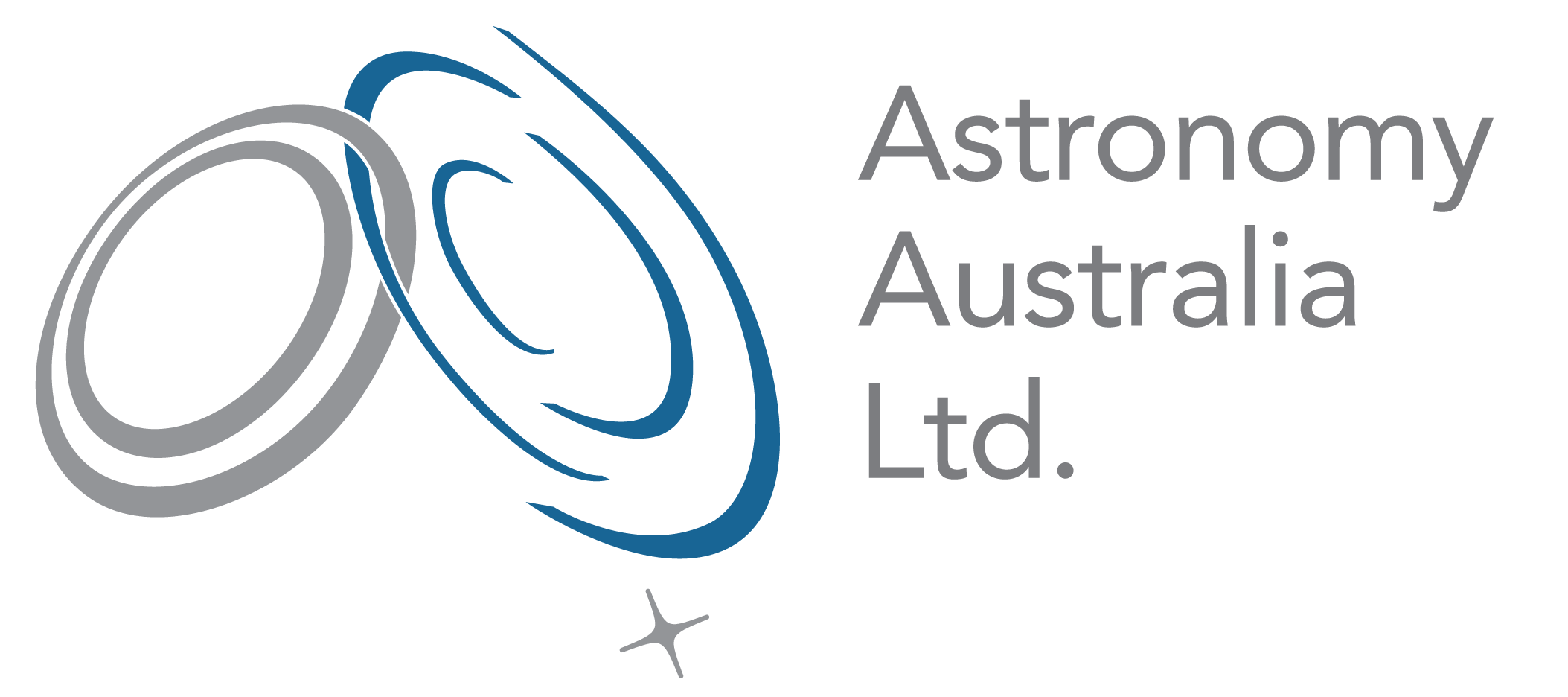
The European Southern Observatory (ESO) has released the Call for Proposals for Period 111 (for observations between 1 April – 30 September 2023). Under the terms of the Strategic Partnership between ESO and Australia, Australian-based astronomers have access to the facilities of the La Silla and Paranal Observatories, specifically the:
The proposal deadline is Tuesday 27 September 2022 at noon Central European Summer Time (8pm Australian Eastern Standard Time, 6pm Australian Western Standard Time).
Complete details on how to apply can be found at the P111 Call for Proposals web page. All applicants should consult the Call for Proposals document for Period 111, and are required to update their ESO User Portal accounts to submit or be on proposals.
A wealth of information for Australian applicants can be found on AAL’s Australian ESO Forum. Any questions about policies or the practical aspects of proposal preparation should be addressed to the ESO Observing Programmes Office, [email protected]. Applicants who may wish to seek advice on proposal or observing strategies, optimal choice of instrument, etc. are invited to contact AAL’s ESO Program Manager at [email protected].
Applicants are strongly encouraged to review the expected changes in instrumentation offered and procedures for Period 111 given in Sec. 1.1 of the Call for Proposals. Among the items likely to be of most interest to the Australian community are:
AAL and Australia’s ESO Scientific Technical Committee and Users Committee representatives (Michael Murphy and Sarah Sweet, respectively) would like to invite our community to an on-line ESO proposal writing workshop to be held on Thursday 8 Sep from noon-2:30pm AEST (10am-12:30pm AWST). Topics to be covered include:
followed by a round-table discussion involving a panel of major users of ESO and past OPC members about what makes a compelling proposal, and common mistakes to avoid. Participants will have the opportunity to pitch ideas for proposals to the panel for helpful feedback.
If you are interested in participating in this workshop, please register in advance by going to: https://us02web.zoom.us/meeting/register/tZMoceygrz0vHdJYUNUWQ42lLsgP4EvCkkSj
After registering, you will receive a confirmation email containing information about joining the meeting. A recording of the workshop will be made available afterwards upon request for anyone unable to join the event live.
Important Data Privacy Notice for all recent and intending Australian ESO applicants
ESO supplies AAL with telescope/instrument demand and time allocation data relating to Australian astronomers only. Australian ESO applicant data is used only for statistical purposes, and will only be published or made available to other third parties such as AAL member institutions, in aggregated and anonymised form. ESO’s data collection/use provisions are available on the AAL ESO Forum for reference. It may be necessary to use automated data matching from data provided to the Data Central Lens proposal database to confirm the identity of ESO applicants. Applicants may opt out of providing data for Australian statistical purposes (including those from P101-P109 inclusive) by contacting [email protected].
Please also contact Stuart Ryder, AAL Program Manager with any enquires about this call: [email protected].
